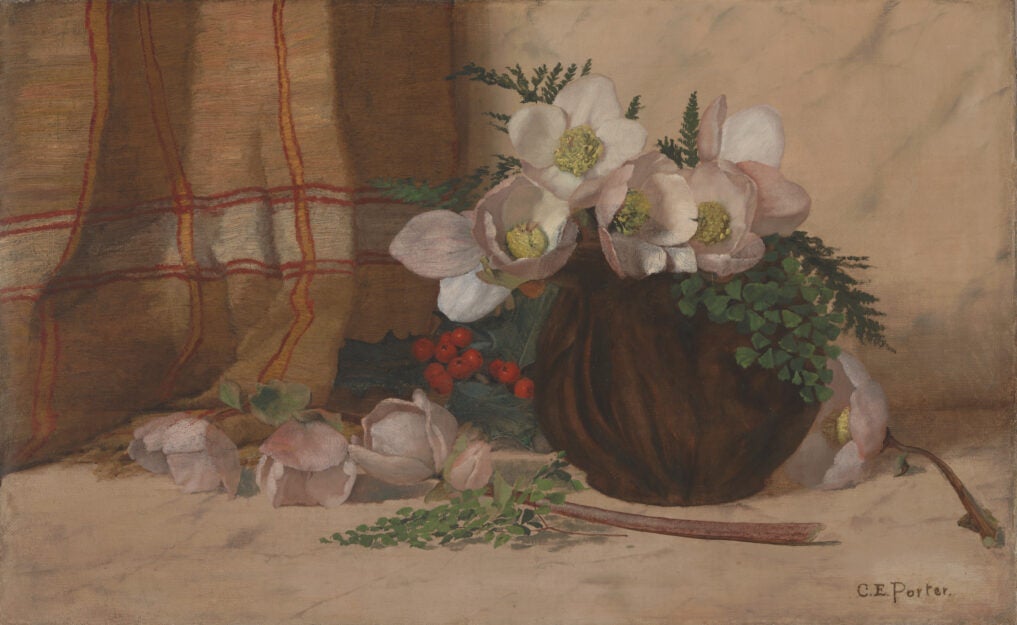[The following represents solely my own views and does not necessarily represent the views of the institution.]
In 1926, historian Carter G. Woodson established “Negro History Week,” and fifty years later, President Gerald Ford designated the month of February “Black History Month” in 1976. This year’s theme recognizes the Arts, a recognition of the significant impact of Black arts on US culture.
While the arts are essential to our wellbeing, not a frivolous addition, this year’s theme—no doubt selected way in advance—feels out of step with the current challenges. US history is full of advances of Black rights followed by subsequent pushback.
In 2020, amidst a historic pandemic and stark racial disparities, the world witnessed the brutal murder of George Floyd, prompting a willingness to recognize the persistence of US racism.
In 2024, teachers, scholars, artists, and activists—particularly those advocating for a comprehensive examination of America’s complex past—find themselves navigating tumultuous waters. Articulation of unwelcome facts may even lead to the curtailment of free speech. I read with interest and concern a commentary by Khalil Gibran Muhammad, who reflects on how scholarship that focuses on racism can enter the crosshairs.
Many Black artists lent their skills to the movement for Black rights. Here are a few examples:
- 14 Black Artists Who Changed Art History
- The Black Arts Movement and the Power of Resistance
- Black Women Artists: Shattering Stereotypes and Reclaiming Narratives
- National Gallery of Art: Black History Month
- Kara Walker
- Romare Bearden
In 2024, let Black History Month be a time for reflection, education, creativity, and advocacy. At FXB, our efforts are dedicated to supporting marginalized and excluded groups. By understanding the interconnectedness of historical struggles, recent challenges, and the path forward, we can contribute to an inclusive and equitable future for all.
— Mary T. Bassett, MD, MPH
Director of the François-Xavier Bagnoud Center for Health and Human Rights
Featured image: Creative Commons Still Life with Roses by Charles Ethan Porter, Collection of the Smithsonian National Museum of African American History and Culture, is licensed under CC0.

